Blog
Blog
-
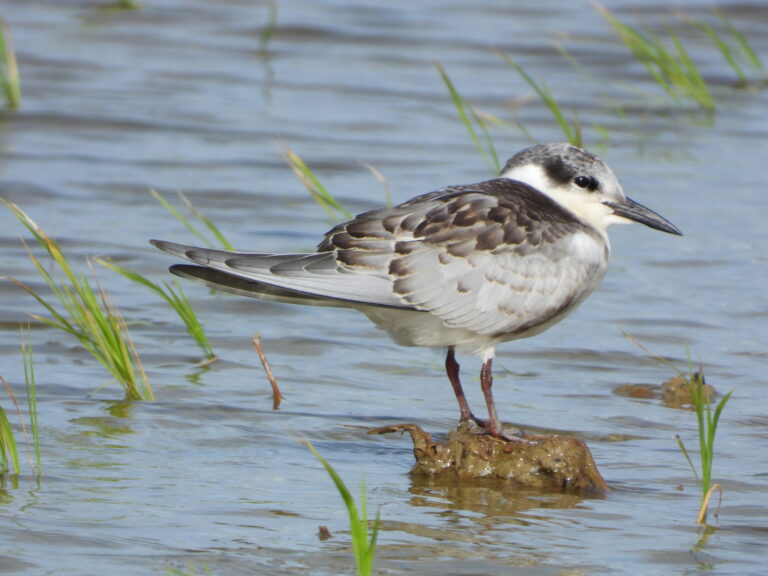
Whiskered Tern
The Whiskered Tern is commonly seen in the Nansei Islands during the spring and autumn migration periods. Its scientific name, Chlidonias, derives from the ancient Greek khelidonios, meaning “swallow-like”, and indeed its flight over rice fields resembles that of a swallow. In summer plumage, as suggested by its Japanese name “Kurohara Ajisashi” (Black-bellied Tern), its underparts turn black. However, in winter plumage, the belly becomes whitish and the head takes on a salt-and-pepper appearance. On Ishigaki Island, they are often seen in small flocks, particularly over flooded rice fields.
- Birds
- Ishigaki Island
-

Black-winged kite
The Black-winged Kite, whose numbers have increased on Ishigaki Island in recent years. They tend to appear when it's overcast or near evening, but there's no particular spot known for good viewing; they can apparently be seen anywhere. As they are also known in Japan as the “Black-shouldered Kite”, the shoulder part of their wings is black, making them quite conspicuous when flying. This kite is also found in Senegal, where I lived, and like the individuals on Ishigaki Island, it is highly wary, making it one of the birds most difficult to photograph. For this shoot, I used the…
- Birds
- Ishigaki Island
-

Ryukyu Ruddy kingfisher
The red bird most representative of Japan is the Ruddy kingfisher. South of Amami Ōshima, a subspecies known as the Ryukyu Ruddy kingfisher migrates to the area. Its wings have a purplish tinge, particularly noticeable when illuminated at night. This period marks their southward migration, and by early October they are almost entirely gone. Finding them is extremely difficult as they are also silent, but our veteran guide Kobayashi proved his expertise. Several individuals were observed in the gaps between the trees. Perhaps because its appearance evokes vivid flames, it is sometimes regarded as an ill-omened bird that invites fire…
- Birds
- Ishigaki Island
-

Crested serpent eagle
The Crested Serpent Eagle, representative bird of Ishigaki Island. While this eagle is widely distributed across South and Southeast Asia, the Crested Serpent Eagle inhabiting the Yaeyama Islands, including Ishigaki Island, is an endemic subspecies to Japan and designated as endangered. Its ecology remained largely unknown until its breeding was confirmed by a wildlife photographer in 1981. In recent years, traffic accidents involving young individuals appear to be increasing. During this trip, I observed them perched in roadside trees, hunting frogs and insects. On Ishigaki Island, golf course construction by resort companies is progressing, and resident groups have filed lawsuits…
- Birds
- Ishigaki Island
-
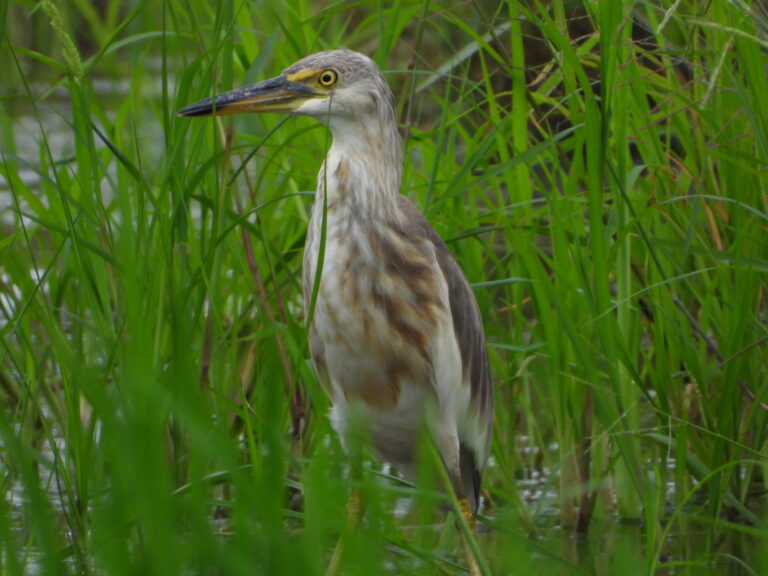
Javan pond heron
September on Ishigaki Island is the peak season for bird numbers; numerous long-toed stints and western yellow wagtails can be seen in rice fields everywhere, creating a lively scene. Among those rice fields we found a Javan pond heron. They seem to be migrating here more often in recent years, and apparently there are four this year. Their winter plumage is rather plain, but in summer their upperparts turn orange, making them quite beautiful herons. While common in Bali, where I used to live, if they arrive on Honshū causes quite a stir.
- Birds
- Ishigaki Island
-
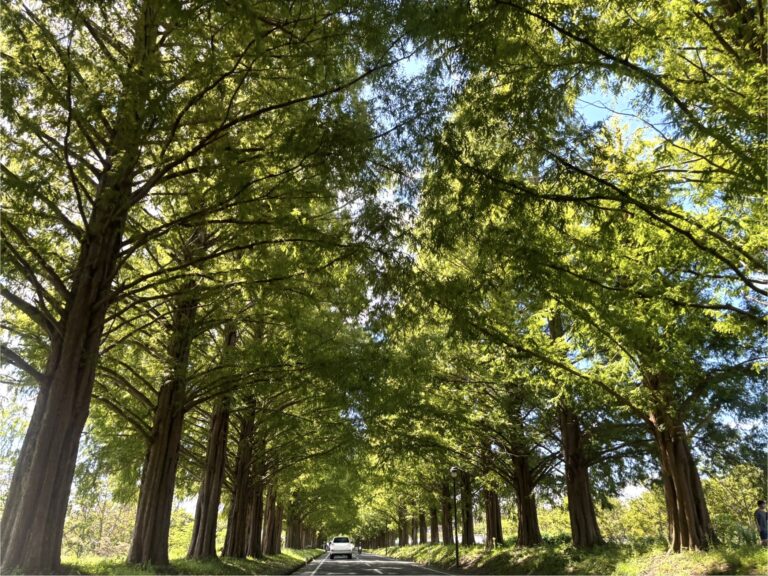
Metasequoia trees line
Makino Town boasts a 2.4km avenue lined with 500 Metasequoia (dawn redwood) trees. At this time of year, the area is blanketed in beautiful fresh green foliage. Compared to autumn colours, the foliage here isn't a vivid crimson, which sometimes leads to it being listed as a disappointing tourist spot. However, the contrast between the green and the blue sky is truly splendid. You can go horse riding or take a carriage ride along the tree-lined avenue. Please note that you cannot park on the roadside and use the car park at the entrance to the avenue.
- Shiga
- Spot introduction
-
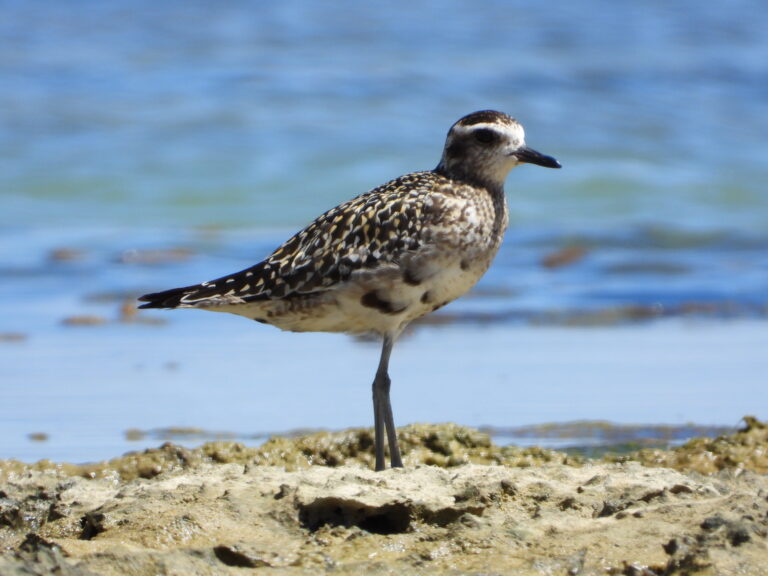
Pacific golden plover
Ōse Beach is a prime observation point in Amami. Located just a five-minute drive from the airport, it's an excellent spot to visit immediately upon arrival to see birds. During the spring and autumn migration periods, numerous sandpipers and plovers can be observed. Perhaps because people were gathering shellfish that day, when I hid behind the rocks, the Pacific golden plover came quite close to me. In Amami, several dozen individuals overwinter, but on Honshū they are most commonly seen in spring rice fields. While flocks exceeding several hundred birds were once observed, flocks of several dozen seem more common recently.
- Amami Ōshima
- Birds
-
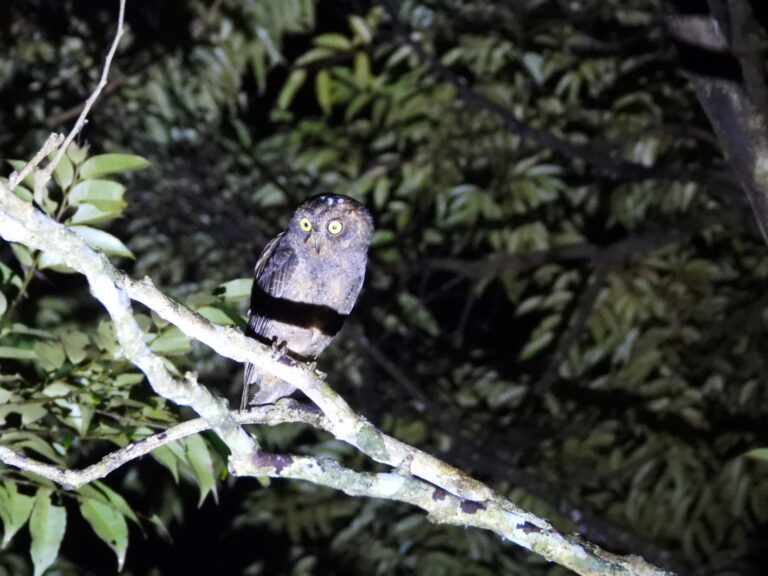
Ryukyu scops owl
Driving along the roads of Amami Ōshima at night, you can hear the calls of the Ryukyu Scops Owl, “Kohok, Kohok”, coming from the roadside. It is a small owl, about 20cm long, rather plain in appearance, but with striking yellow irises and a rather endearing face. The mainland Scops Owl, which calls “Boo, Poo, So”, is a migratory bird staying from spring to autumn, whereas the Ryukyu Scops Owl, distributed south of Amami Ōshima, is a resident bird present year-round. Once considered a regional subspecies of the Eurasian Scops Owl, it is now treated as a separate species. Furthermore, recent…
- Amami Ōshima
- Birds
-
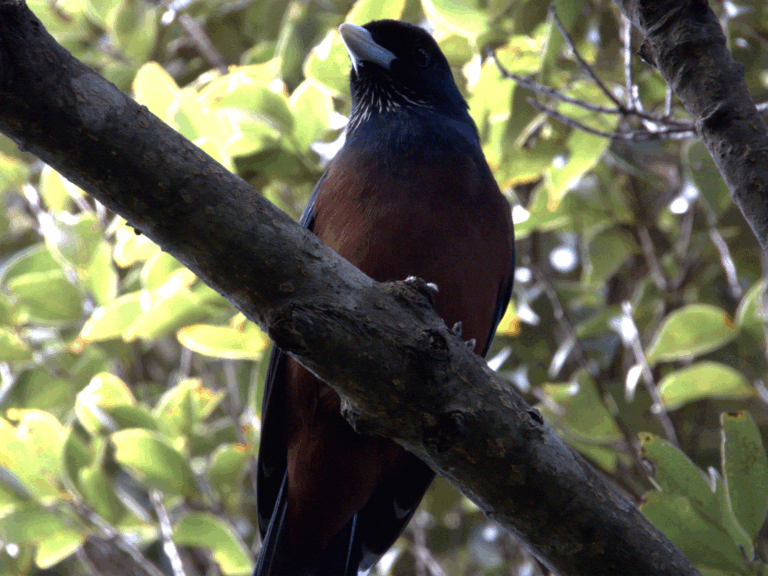
Lidth’s jay
The Lidth's jay, once hunted for its feathers used in women's hats, has seen its numbers decline in recent years due to habitat destruction and predation by feral cats and mongooses. It is an endemic species to Japan, found only on Amami Ōshima and the neighbouring islands of Kakeroma and Uke. However, its population now appears to be recovering, and it can be spotted along roadsides and in residential gardens. Their distinctive, guttural “ja-ja” call often alerts one to their presence. At night, they are frequently seen roosting on power lines along forest roads. As a bird emblematic of Amami, products bearing…
- Amami Ōshima
- Birds
-

Black wood pigeon
The Black wood Pigeon, named “Karasubato (Crow Pigeon)” in Japanese for its entirely raven-black plumage, is a large forest-dwelling pigeon inhabiting remote islands including Amami Ōshima. Though its call is often heard, it is a highly wary bird, making sightings rare. However, sightings become more frequent around September; at Nagumo Pass, home to Amami Wild Bird Forest, three individuals were observed simultaneously along power lines. Though uniformly black in appearance due to the light, its body displays a striking glossy green from the neck to the chest. True to its French name “Pigeon violet” (purple pigeon), it bears a reddish-purple…
- Amami Ōshima
- Birds
-
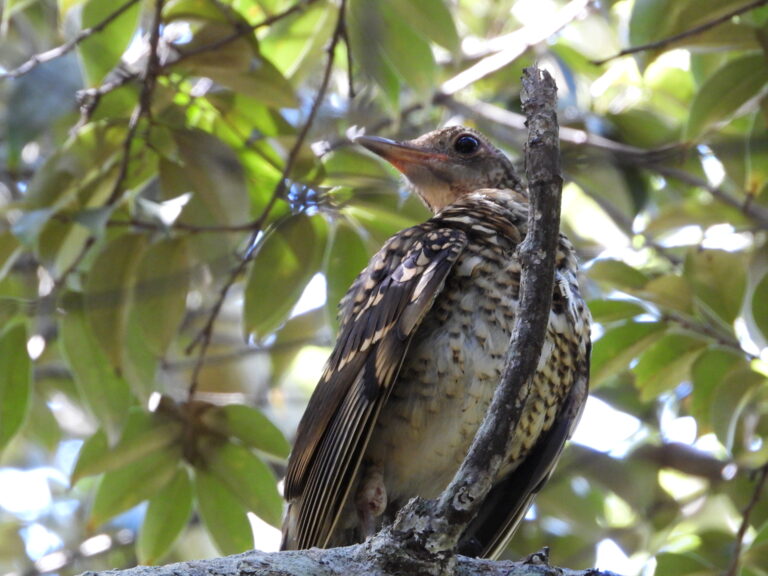
Amami thrush
The Amami Thrush, which together with the Amami Rabbit and others was a plaintiff against the construction of the golf course in Amami Ōshima and for the right to nature. A phantom bird thatI cannot watch since my first visit to Amami Ōshima 20 years ago. It differs from White's thrush of the mainland in the number of tail feathers and its call, and is now considered to be a separate species because of progress in amino acid and nucleotide sequence analysis. When I was walking through the Amami Wild Bird Forest square, I heard a loud noise of something…
- Amami Ōshima
- Birds
-
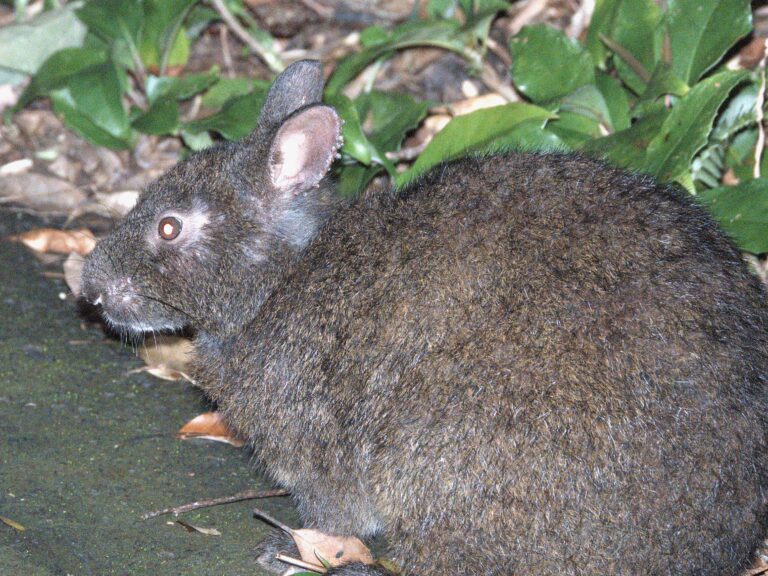
Amami rabbit
I'm visiting Amami Ōshima, designated a World Heritage site in 2021, to research new tours.Before its World Heritage designation, I observed the endemic Amami rabbit along the forest roads of Sumiyo. However, with the increase in tourists came more incidents, so this time I joined a night tour led by an Amami-certified guide. I enlisted the services of Mr. Akatsuki from Amami Original Service. Though he has only lived in Amami for five years, he knows the observation spots well. During the roughly two-hour tour, we spotted nearly 20 Amami rabbits, along with wild birds like the Ryūkyū ruddy kingfisher…
- Amami Ōshima
